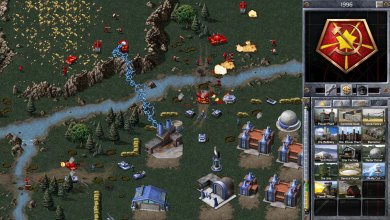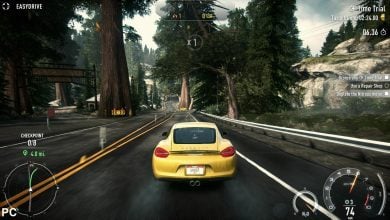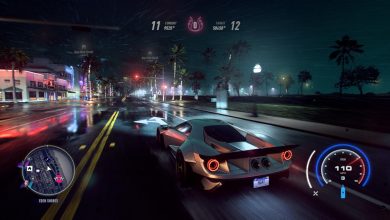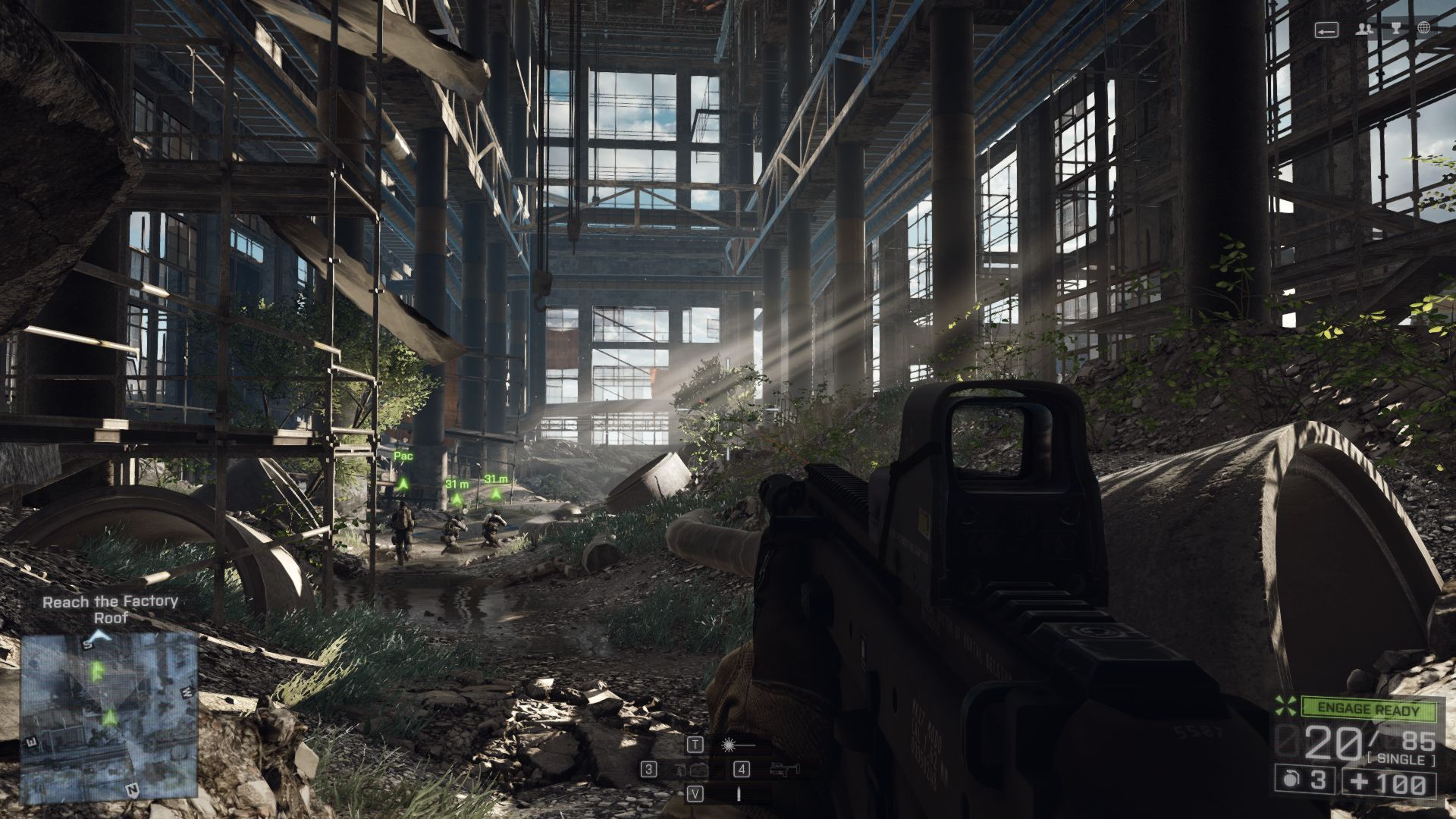
Story Highlights
- EA has published a new patent to minimize the latency in multiplayer titles by using a prediction model that can guess the required data that could be needed and load it on the server ahead of time.
- Currently, the data needs to be loaded every time a player performs a certain action in a game, adding delays. It can be solved by having a more robust or larger number of servers, but that is more costly.
- We can expect EA to use the proposed system for its future multiplayer or the existing live-service projects to reduce the overall latency felt by the players.
Multiplayer games have always been a significant part of the gaming ecosystem, and latency issues have been the bane of its existence. The tech has vastly enhanced over time to allow for smooth gameplay, but there is still a lot of room for improvement. EA seeks to do just that; it has recently published a new patent that seeks to minimize the latency in multiplayer games and reduce load times to omit all noticeable delays in gameplay.
EA’s patent dubbed “PREDICTIVE EXECUTION OF DISTRIBUTED GAME ENGINES” wants to provide a “smooth experience” in multiplayer titles without all the “unwanted latency” that we are used to seeing even in this day and age. Preparing and utilizing the data needs to be loaded every time a player performs a certain action in the title, introducing delays in the user experience that can be avoided by the system proposed in the new patent.
If a user experiences an unreasonably long load time every time he or she interacts with another object or player in the game, the user may become frustrated with the game and may never play the game again. Thus, one of the challenges of game development is to design a game that will provide a smooth user experience without noticeable delays during gameplay.”
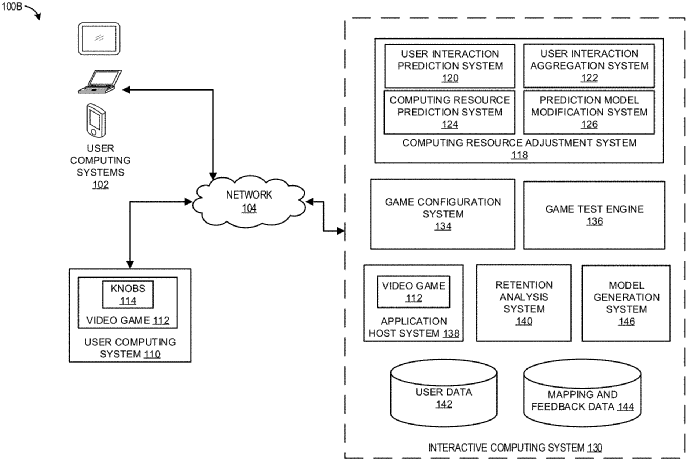
Currently, the hardware limits of the servers decide how well a game holds up with a certain number of players. More users can add more load to the servers, causing more latency in the system. This issue can usually be overcome by simply using a more powerful or larger number of servers, but the current method is quite costly and ineffective at larger scales since these resources could be wasted when not used outside of peak times.
Thus, EA steps in with a solution and discusses a new method that can reduce the latency felt by the users while concurrently reaching a satisfactory resource utilization level.
Embodiments disclosed herein can anticipate player actions and prepare the services and data so that the services and data for most likely player actions are ready prior to such player actions being performed, or the services and/or data being requested.”
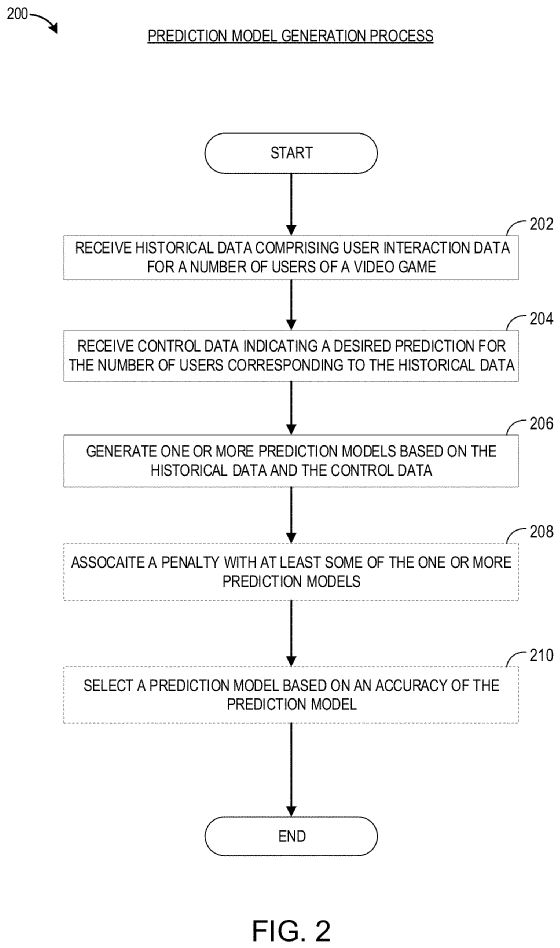
The patent by EA uses the example of in-game NPCs in a room and states how the system will not load the data of all the NPCs in the backend and instead would load up a small number of the NPCs based upon the player’s state and historical preferences from the users and others. In other words, it can predict the action of the players to have resources ready in advance to avoid hitting a sudden peak that can cause delays.
We can expect EA to utilize the proposed system for its future or live-service projects to reduce the overall latency felt by the players. It may bring forth a new age for the company’s multiplayer games entirely, as titles like Apex Legends could severely benefit from it.
EA has patented a bundle of enticing ideas in the past to force innovation in the gaming industry. For instance, the famous publisher recently patented to let players play as a videographer in-game to record gameplay. It is also busy figuring out ways to potentially ban users from partnering up with enemy teams during game sessions. Moreover, the company may also add a system to produce in-game challenges based on real-life situations.
Similar Reads: Recent Sega Trademark Hints At A Potential Sonic & Friends Game.
Thanks! Do share your feedback with us. ⚡
How can we make this post better? Your help would be appreciated. ✍
